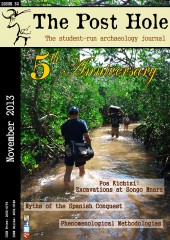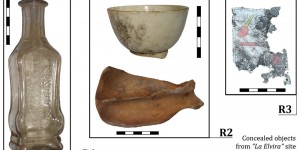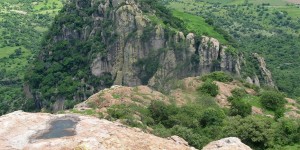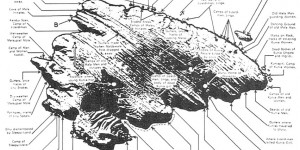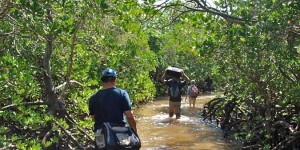As we embark on a new year for The Post Hole, we must look back at the previous team to congratulate them on the success that they achieved. David Altoft, editor-in-chief for 2012-13, said “a brand new year, a brand new Post Hole”. Last year’s team improved The Post Hole and it has reached new standards, through their hard efforts. Last year saw the redevelopment of the website, creating an interactive experience and an easily accessible archive of issues dating right back to 2008, when The Post Hole began. Combining this with the Facebook, Twitter and Google+ pages, the team were able to attract readers and authors from all over the world. The previous team also successfully integrated four other Universities, through PR coordinators at Cambridge, Durham, Southampton and Reading. The widespread readership of The Post Hole grew, resulting in nine fascinating issues from June 2012 to September 2013. A big mention must go out to all of the old team for their dedication to The Post Hole, and we wish them every success in their future.
This year sees an exciting chance for The Post Hole to expand its publicity further. We are introducing ‘Digging through the profession of Archaeology,’ an online series of interviews exploring different jobs within the archaeological vocation, what they entail and the companies involved. The first to be released is an interview with Nick Pearson, ‘Working within Commercial Archaeology,’ conducted by Henriette Rødland and Rianca Vogels. This will shortly be published online; links will be posted on our Facebook and Twitter accounts.
This year The Post Hole celebrates its 5th birthday. Since the journal began in 2008 there have been 31 interesting and exciting issues. When The Post Hole began its journey in 2008, it became the first undergraduate-run archaeological journal in the whole of the UK. This year we plan to celebrate The Post Hole’s 5th birthday with many exciting issues, new developments on the Facebook, Twitter, Google+ and The Post Hole website and creating a better relationship with you, our readers. The original team must be remembered and thanked for creating the journal, and the previous and future teams to come for maintaining and managing. A big thank you must go out to our audience especially for your support over the years - without you we wouldn’t have such interesting and diverse topics to publish, The Post Hole wouldn’t be as successful, and we would never have achieved the point at which we are at today.
This year we hope to establish a stronger presence for The Post Hole and maintain its success as an archaeological journal. Now that we have a newly developed website, our PR coordinators are in place and the new team is set up and raring to go, we look forward to reading your article submissions and expanding The Post Hole further.
I hope you enjoy reading the new team’s first Post Hole issue. There is a huge range of articles in this issue accommodating a broad range of interests. In this issue, Daniela Noemí Ávido explores objects discovered at the “La Elvira” site in Argentina. Using a report founded in order to stop the ‘La Elvira’ house being demolished; Ávido explores the site and explains the significance of these objects.
Arnaud F Lambert re-evaluates a petroglyph (rock carving) from the archaeological site of Chalcatzingo in Morelos, Mexico. By comparing it to other rock carvings in Oaxaca, Lambert investigates past interpretations and argues its association with other Olmec-style monument.
James Johnson using John Loudon’s seminal book of 1843 explains the benefits of exploring graveyards using two case studies in York. Discussing the re-use of closed and disused churchyards is combined in order to make a successful argument.
Sam O’Leary delves into understanding phenomenological approaches, analysing how they help us archaeologically understand the landscape and are an effective method. Combing a number of different projects of research, O’Leary explains how landscape archaeology could be improved.
Henriette Rødland provides an exciting account of the excavations at Songo Mnara in Tanzania that took place over the summer. Rødland’s account of daily-life combines an understanding of the project that is taking place out there but also a first-hand account of archaeological evidence discovered this season.
Finally Laura Tradii from the Department of Anthropology in Aberdeen, re-examines the conquest by Columbus and Cortés exceptional men. Tradii studies the historical idealisation of Columbus and Cortés and Pizarro combining it with the idea of western superiority.
We always look forward to receiving your submissions so please keep sending them in to submissions [at] theposthole.org and don’t forget to sign up to our bi-monthly newsletters. These will be released with and between each new issue of The Post Hole and will keep you updated on the latest exciting developments and ways in which you can get involved with the journal. To receive these newsletters, simply enter your name and email address at https://www.theposthole.org/newsletter.
Best wishes,
Emily Taylor
(Editor-in-Chief of The Post Hole - editor [at] theposthole.org)


